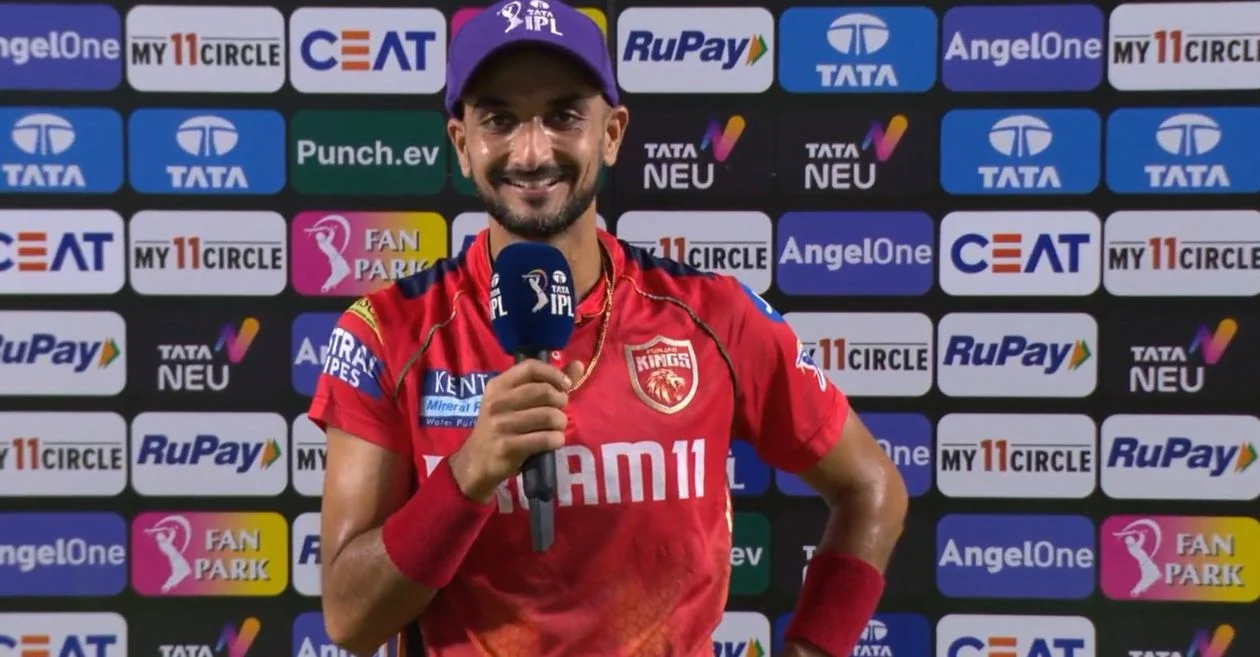
It felt like it took seconds after he was selected in the fourth round of the NFL Draft for people covering the Jets to declare running back Braelon Allen the team’s new short yardage back.
That’s par for the course for a running back listed at 245 pounds. Just like any wide receiver or tight end 6’3” or taller is immediately crowned his team’s new red zone threat whether or not he actually has those skills, a running back 230 pounds or bigger will be pegged as a short yard specialists.
It’s very possible that Allen could take that role for the Jets. He could could be quite good at it.
Still it’s difficult for me to imagine the Jets using a fourth round pick on a player solely for the limited number of short yardage situations a team faces in a given season.
The analysis on Allen got me to thinking. Most quality NFL running backs should be able to convert a yard or two on a key down regularly no matter their size. When they fail, the blame frequently falls more on the offensive line. Is a short yardage specialist even a thing?
This led me to do a bit of research. Using the Stathead database, I found every runner with at least 300 rushing attempts in the NFL since 2018 and examined how they did in short yardage situations. I defined a short yardage situation as a third down or fourth down play with two yards or less to go.
I ran a regression analysis using the percentage of first downs each player converted with their weight. After all, the theory seems to be that bigger players are the short yardage specialists.
I would imagine many of you are now thinking one of the following things.
What’s a regression analysis?
This is football, not math.
These stupid stats are killing the game.
I’m out of here. (X’es out of page).
I’ve already lost the people with the last thought, but I hope the rest of you will hear me out.
In its simplest form, a regression analysis is a statistical way to test whether two things might be connected.
I could eyeball each player’s weight, look at his rate of converting the short yardage rushes, and come up with a theory based on my own subjective interpretation, or I can do it this way. I think this way is better.
I found that there was indeed a relationship between a player’s size and his ability to move the chains in power situations, but it was a small one. Bigger players are slightly more likely to convert.
I then tested the players’ yards per attempt during this six year time frame with their short yardage conversion rates. The correlation was much stronger, in the 3.5 times stronger range. I don’t think this is earth-shattering. The players with the highest yards per attempt averages are the most effective backs in general. It figures they would be the most effective in a situation like short yardage downs.
Of course this is a limited test, but that caveat suggests that the quality of a back (or maybe the quality of the offensive line) matters more than a player’s size.
I don’t think many teams are bringing backs in solely for these short yardage situations. I tend to doubt that was the only consideration the Jets had when drafting Allen.
I am assuming they were intrigued by Allen averaging almost 7 yards per carry as a freshman in the Big Ten at age 17, a point where he really should have been a high school student. It was extremely impressive stuff for such a young player to perform at such a high level in one of the best conferences in the country. Sometimes players have a lot of variation in their performance from game to game and pad their stats against the weakest competition.
That’s not true with Allen’s freshman season. He didn’t take over as Wisconsin’s lead back until the fifth game of the year. From that point he rushed for at least 100 yards and averaged at least 5 yards per carry in eight of nine games. Perhaps most incredibly, his average against eight man boxes, 6.9 yards per carry, was slightly better than his overall mark of 6.8 yards per carry.
His final two years at Wisconsin were good but not as good. The why is a story for another article.
I am sure his potential as a short yardage back was an element of what attracted Allen to the Jets, but I have to imagine it is part of a bigger picture. The team likely hopes to unlock the talent Allen displayed in that 2021 freshman season.
Perhaps that’s where the two paths intersect. A team should be looking to load its backfield with talented players. Since talented bigger backs do slightly better in short yardage situations than talented smaller backs, it makes sense to have one of the big guys in the rotation.
Hopefully you get more than just short yardage carries. I’m sure that’s what the Jets want.

















You must be logged in to post a comment Login